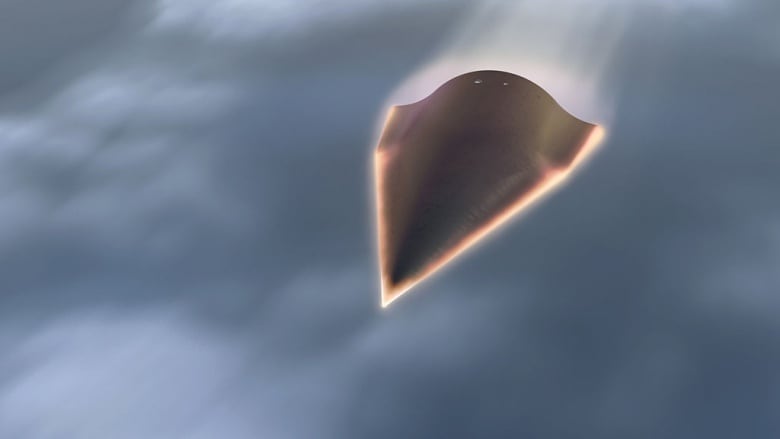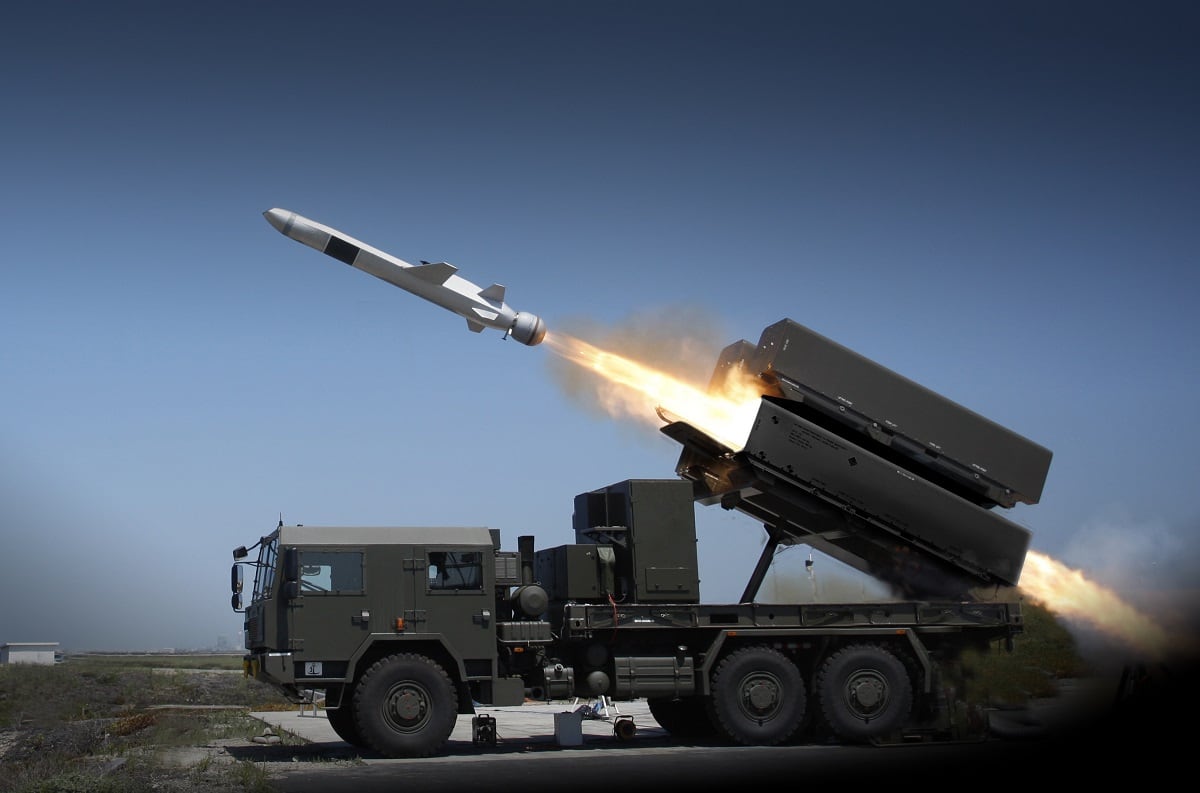HUNTSVILLE, Ala. — The U.S. Army’s future long-range missile will first focus on defeating maritime targets from land once a baseline version is established, according to Col. John Rafferty, who is in charge of the service’s long-range precision fires modernization efforts.
The Army then plans to spiral in capability to increase lethality, followed by range.
The service is pursuing the technology as part of its Precision Strike Missile program.
“We are in a hurry to get to the base missile so that we can follow up quickly with what we think is the first spiral of capability, which would be the cross-domain capability that gives it the ability to attack maritime targets, or anything that emits, so that could be a radar, a ship emitting as well,” Rafferty told Defense News in an interview just ahead of the Association of the U.S. Army’s Global Force Symposium in Huntsville, Alabama.
“That cross-domain capability is really critical, especially in the Pacific. There is such a demand for being able to attack maritime targets from land,” he added.
The Army has been competitively developing a missile to replace its Army Tactical Missile System for years, but historically at a slower pace. Lockheed Martin and Raytheon are each developing a version of the precision strike missile, or PrSM, with plans for prototype flight tests beginning in the fourth quarter of 2019.
Both teams are designing their missiles with room to grow, as the service is looking to spiral in more capability as time goes on and technology is refined.
RELATED

The service is also funding a land-based anti-ship missile within its science and technology programs that would feed directly into that first spiral of capability in the PrSM program.
The science and technology program is developing seekers that will give PrSM the ability to go after ships and other emitting targets. Right now, according to Rafferty, the service is taking components and flying them in different missiles to see how they work, and these components would be integrated into a PrSM when it’s ready to go.
According to Rafferty, the second spiral of capability will add enhanced lethality to the PrSM weapon. “That could be a sensor fuse munition, so it could be ejected from the missile in a top-down attack,” he said.
The Army developed similar technology in cannon munitions to sense, seek and destroy enemy armor, but the service didn’t pursue a program to field the capability, Rafferty said. Yet, the service did fire some of those rounds during the invasion in Iraq, he noted, “and it worked.”
The idea of “base ejecting cannon projectiles and then dispensing missiles,” Rafferty said, “really isn’t much of a stretch. The challenge with PrSM, though, is it’s going to be going really fast, so how do you dispense in a way that it’s somewhat controlled?”
The final spiral on which the service is focusing involves accelerating the pace of technology to extend the range of the PrSM weapon. The current requirement is a range up to 499 kilometers, but that range is set by the Intermediate-Range Nuclear Forces Treaty, which has collapsed.
“What we’ve done in the program is provide enough space for the senior leaders to make decisions, and so what we have recommended is to get a few test flights under our belt later this year, and then we will have some more confidence in the missile,” Rafftery said.
The models for the two competitors in the PrSM program show they are capable of going farther than 499 kilometers, he said.
RELATED

Rafferty added that because the Army has been limited in terms of range by the INF Treaty, the service hasn’t invested a great deal in going beyond 499 kilometers.
While there are rocket motors that could take a missile out to 700 kilometers, the technology readiness level is “pretty low,” he said, “so it’s going to take a couple of years to get there.”
The service is committed to the PrSM form factor, Rafferty added, particularly being able to put two missiles in a launch pod; in this case, the Army is using the High Mobility Artillery Rocket System launcher and the Multiple Launch Rocket System.
“It really changes the results in experimentation and war gaming — it’s twice the firepower. It really does change the outcome in a lot of scenarios, so we are really committed to maintaining that two in a pod, and so the range will come over time,” Rafferty said.
According to the Army’s fiscal 2020 budget request, which details what the service hopes to accomplish over a five-year period, the PrSM weapon should reach a full-rate production decision in the third quarter of 2024. A critical design review is due in the first quarter of FY22.
The Army is expected to choose either Lockheed or Raytheon to proceed in the third quarter of FY21 at the start of the engineering and manufacturing development phase.
Rafferty said the first spiral of technology maturation to get after maritime targets would come in early to mid-2025.
Jen Judson is an award-winning journalist covering land warfare for Defense News. She has also worked for Politico and Inside Defense. She holds a Master of Science degree in journalism from Boston University and a Bachelor of Arts degree from Kenyon College.






